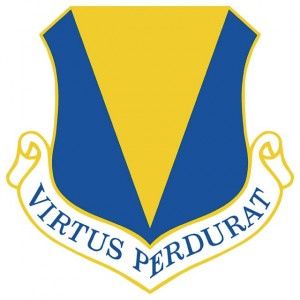Ramstein possesses a grab-bag of numbered squadrons, detachments and globally separated units. How these squadrons came under control of the 86th Airlift Wing starts back when the wing was first established.
Jan. 13, 1942, marked the inception of the 86th AW and its three squadrons: the 309th, 310th and 312th Bombardment Squadrons.
 By the time the 86th AW established its first headquarters in Germany, it continued a now long-running tradition of having squadrons numbered with no correlation to the wing.
By the time the 86th AW established its first headquarters in Germany, it continued a now long-running tradition of having squadrons numbered with no correlation to the wing.
Currently, Ramstein has two different civil engineer squadrons, two different force support squadrons, two different security forces squadrons, two different airlift squadrons and a handful of GSUs and detachments.
How did all these squadrons become a part of the 86th AW, and what differences do each of these units have from each other?
“The exchange of units is something that happens frequently,” said Silvano Wueschner, 86th AW historian. “As wings gain units they always try to keep those with the strongest heritage as well.”
Other squadrons became part of the Ramstein family through structural reorganization.
“The 86th and 786th Force Support Squadrons came into existence after the merger between the previous 86th Mission Support Squadron and the 86th Services Squadron in 2010,” said Jody Blevins, 86th FSS assistant director of KMC instructional classes.
“Each squadron impacts Ramstein in a different manner. The 86th handles quality of life programs, such as the outdoor recreation, while the 786th handles combat support functions.”
Another route to add a unit into Ramstein’s family is when another wing closes or changes their mission.
“When Ramstein was redesignated as an airlift wing and the 435th AW was inactivated, Ramstein took on the 37th AS,” Wueschner said. “The 37th AS has a rich history dating back to the invasion of Normandy and to change its heritage by changing its designation goes against the standard.”
Adapting and acquiring units keeps Ramstein ready to fight at a moment’s notice. Ramstein may host a lottery of numbered units, but that’s just what keeps its heritage thriving.


